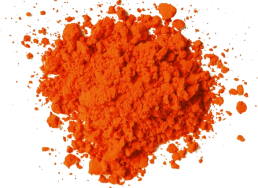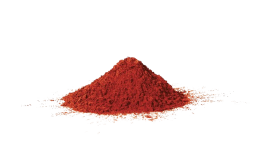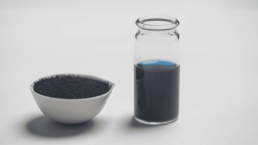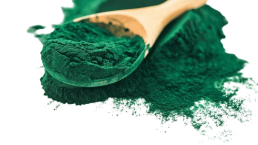SUSTAINABILITY
The continuous growth in the world’s population (10 billion by 2050) and the lack of new arable land will require ever-increasing quantities of raw materials from alternative natural sources and from environmentally sustainable processes.
At BioSyntex, we believe that microalgae will play a primary role in the development of a Green Economy.
Thanks to their metabolic flexibility, microalgae find applications in many industrial sectors as a natural raw material: aquaculture, food & beverage, agricultural biostimulants, cosmetics, pharmaceutical, animal feed and nutraceuticals
Through photosynthesis, microalgae produce half of the oxygen (O2) present in the environment. During the growth phase, they require light, carbon dioxide (CO2), water and nutrients.
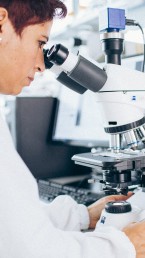
WHY MICROALGAE
The potential of microalgae
- High metabolic flexibility
- High content of protein, carbohydrates, lipids and active biomolecules
- Potential natural anti-oxidant, anti-tumor, anti-inflammatory properties
- Reduced water consumption compared to traditional agriculture
- Reduced land usage
- No need for pesticides or herbicides
- GMO-free
- CO2 biofixation from flue gases
Microalgae are extremely versatile: depending on the cultivated strain, it is possible to produce biomass rich in protein, carbohydrates and lipids.
They are also a good source of vitamins, pigments (chlorophyll, carotenoids and phycobiliproteins), polyunsaturated fatty acids (w-3 and w-6) and bioactive molecules of interest both for the medical/pharmaceutical and the agricultural sector (polysaccharides, peptides, amino acids).
APPLICATIONS
Microalgae
application areas
FOOD SUPPLEMENTS, NUTRACEUTICALS AND COSMETICS

The presence of antioxidant and anti-inflammatory compounds and polyunsaturated fatty acids make algal biomass ideal for formulating food supplements, nutraceutical products and raw materials for the cosmetics industry.
CARBON DIOXIDE
FIXATION

Microalgae are an ideal candidate for the biofixation of carbon dioxide (CO2) produced by industrial processes, fixing 2 kg of CO2 for each kg of biomass produced during photosynthesis.
WASTE WATER
CONVERSION

Urban, agricultural and industrial waste water is used as a source of nutrients (nitrogen and phosphorous) in the cultivation.
BIOSTIMULANTS AND BIOFERTILIZERS

Algae are able to synthesize biologically active molecules which stimulate the growth and promote the health of plants (e.g. biostimulants, antifungals, nematicides).
ALTERNATIVE
PROTEIN SOURCES

The continuous growth in the world’s population, set to hit 10 billion by 2050, requires us to find alternative solutions to traditional animal and vegetable protein sources. The high protein content of many microalgal species, combined with a complete amino acid profile, makes microalgae the sustainable solution for alternative protein products.
ANIMAL FEED AND AQUACULTURE

The growth of the aquaculture industry and the increase in consumption of seafood are behind the global market for fish feeds. The high protein content of algal biomass makes it a valid alternative to traditional protein sources.



